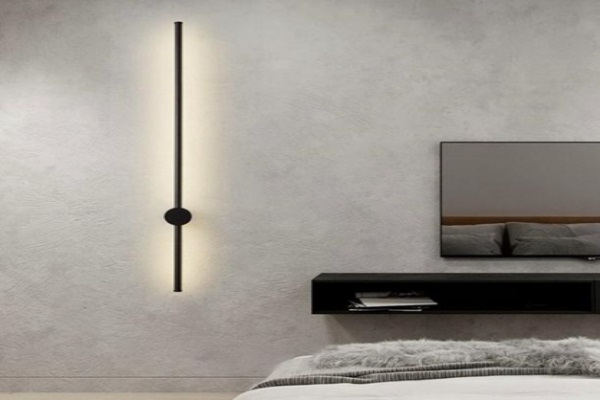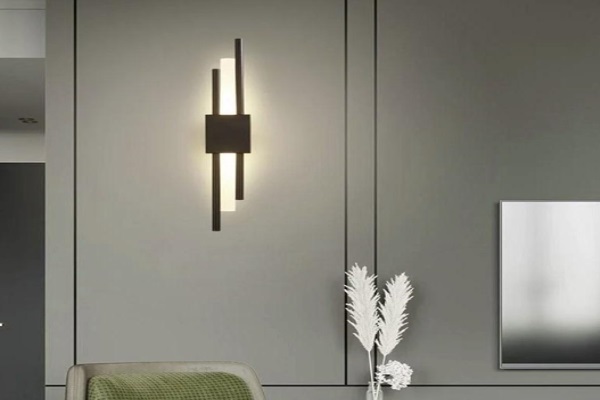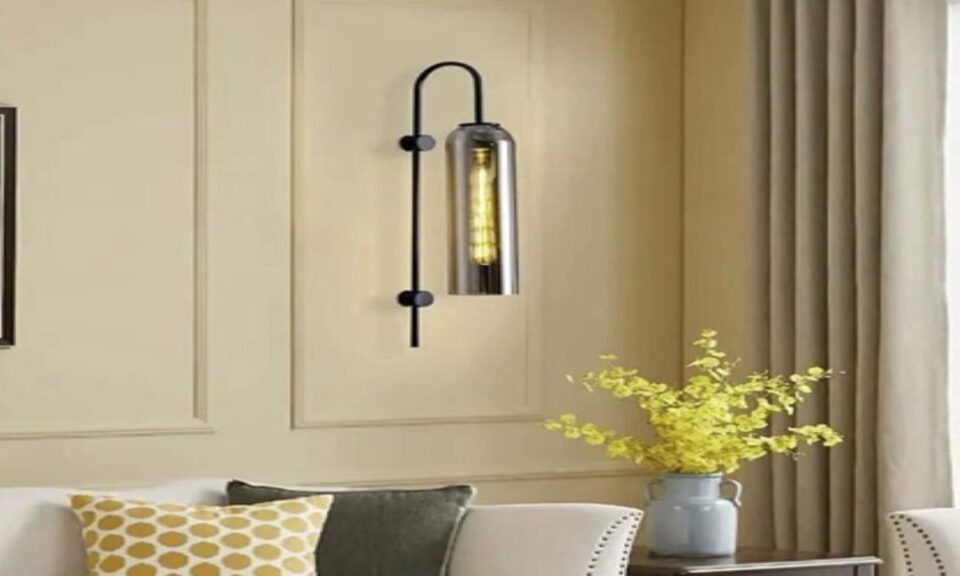What are wall lamps?
Wall lamps, also known as wall lights or sconces, are fixtures designed to be mounted on walls to provide illumination. These lamps are popular for residential and commercial spaces, serving functional and decorative purposes. Wall lamps come in various styles, sizes, and designs, making them versatile for different settings and preferences.
Here are some key features and aspects of wall lamps:
- Mounting: Wall lamps are attached directly to the wall, either by screws or other mounting hardware. This allows them to save space and provide focused lighting in specific areas.
- Types: There are various wall lamps, including swing-arm lamps, uplight sconces, downlight sconces, and decorative wall lights. The type of lamp depends on its intended use and the desired lighting effect.
- Lighting Direction: Wall lamps can direct light upward, downward, or both, depending on their design. This makes them suitable for accent, task, or ambient lighting in different spaces.
- Design: Wall lamps come in various designs and styles to complement multiple interior aesthetics. Some may have traditional or antique designs, while others may have a more modern or minimalist look.
- Materials: Wall lamps can be made from various materials, including metal, glass, fabric, or a combination. The choice of material often influences the lamp’s appearance and durability.
- Uses: Wall lamps are commonly used in areas with insufficient or impractical overhead lighting. They are popular in hallways, bedrooms, living rooms, bathrooms, and outdoor spaces.
- Dimming Capability: Some wall lamps have dimming features, allowing users to adjust the brightness according to their needs and mood.
- Energy Efficiency: Many modern wall lamps use energy-efficient LED bulbs, contributing to reduced energy consumption and longer lamp life.
Whether used for task lighting beside a bed, accent lighting in a hallway, or ambient lighting in a living room, wall lamps are versatile fixtures that can enhance a space’s functionality and aesthetics.

What is the difference between a wall lamps and a sconce?
The terms “sconce” and “wall lamp” are often used interchangeably, and they both refer to fixtures designed for wall mounting to provide illumination. However, there are subtle differences between the two.
Sconce: Sconces are primarily chosen for their decorative appeal. These fixtures can direct light upward, downward, or both, contributing to ambient lighting. Sconces often serve as ornamental elements in interior design, featuring intricate designs and artistic elements.
Wall Lamp: Wall lamps, on the other hand, are typically selected for their functionality. They are designed to provide directed light for specific tasks, such as reading or accent lighting. While wall lamps can be aesthetically pleasing, they emphasize practicality and usefulness.
Functionality and Design: Sconces prioritizes aesthetics as statement pieces in interior design. They may have elaborate designs made from materials chosen for their visual appeal. Wall lamps, in contrast, tend to have a more straightforward and practical design, emphasizing functionality over ornate features.
The terms are not strictly defined in practice, and their usage can vary. It’s essential to consider the fixture’s specific design, features, and intended use when choosing between a sconce and a wall lamp rather than relying solely on the terminology.
What are the different types of wall lamps?
There are various types of wall lamps, each designed to serve specific lighting needs and aesthetic preferences. Here are some common types of wall lamps:
- Sconces: Sconces are decorative wall-mounted fixtures that can direct light upward, downward, or both. They are often used for ambient lighting and contribute to the overall aesthetics of a space.
- Swing-Arm Lamps: These wall lamps have an adjustable arm that can be swung horizontally. They are instrumental as task lighting fixtures, as the flexible arm allows for focused illumination in specific areas.
- Uplight Sconces: Uplight sconces are designed to direct light upward, creating a softer and indirect illumination. They are commonly used for ambient lighting to enhance a room’s overall atmosphere.
- Downlight Sconces: Downlight sconces, as the name suggests, direct light downward. They are often used for task lighting, such as illuminating a reading nook or highlighting artwork on the wall.
- Picture Lights: These wall lamps are designed to illuminate artwork or pictures. They are often mounted above or beside framed pieces to provide accent lighting.
- Wall Washers: Wall washers are fixtures that create a broad wash of light along a wall, enhancing the visual appeal of the wall itself. They are commonly used for architectural lighting and to highlight textured surfaces.
- Candle Wall Sconces: Mimicking the look of traditional candle holders, candle wall sconces add a touch of elegance to a space. They may use electric bulbs to imitate the candlelight effect.
- Plug-in Wall Lamps: These lamps are designed to be plugged into an electrical outlet, offering flexibility in placement. They are convenient for spaces where hardwiring could be more practical.
- Outdoor Wall Lights: Wall lamps are designed for outdoor use, often featuring weather-resistant materials. They can be used for porch lighting, garden illumination, or enhancing the façade of a building.
- Adjustable Spotlight Wall Lamps: These lamps have a focused and directional beam, making them suitable for accent lighting or highlighting specific features in a room.
The choice of wall lamp depends on the intended function, the desired lighting effect, and the overall design preferences of the space.
Where to place wall lamps?

When placing wall lamps in your home, consider each space’s specific needs and functions.
In the bedroom, consider installing wall lamps on either side of the bed at a height that allows for comfortable reading. This provides task lighting for bedtime activities while freeing up space on bedside tables.
For the living room, use wall lamps strategically to highlight artwork, architectural features, or specific areas. This creates a appealing focal point and add depth to the room.
In hallways, install wall lamps to provide ambient lighting and prevent a stark, shadowy effect. Spacing them evenly can ensure a well-lit and welcoming pathway.
Use sconces or wall washers in the dining room to create a cosy and beautiful atmosphere. Make sure the light is evenly distributed to avoid harsh shadows on the dining table.
Think about installing swing-arm wall lamps near desks or workspaces for a home office to provide focused task lighting. Adjustable lamps are handy for directing light where it’s needed most.
Place wall lamps on either side of the mirror in the bathroom to provide even and shadow-free illumination for grooming tasks, eliminating harsh overhead lighting.
Outdoor wall lamps can illuminate the entrance or porch, enhancing curb appeal and providing safety and security during the evening.
Staircases benefit from wall lamps to enhance safety and visibility, especially in areas with limited natural light.
Consider installing wall lamps near reading nooks or study areas in children’s rooms to provide focused lighting for activities.
In the kitchen, supplement overall lighting by installing wall lamps above countertops or work areas, providing additional illumination for tasks.
When placing wall lamps, consider the room’s overall lighting scheme and any decorative or architectural features you want to highlight. Experiment with different placements to achieve each space’s desired lighting effect and ambience.
To know about decorative lighting, please visit our website: mafeemushkil.com

